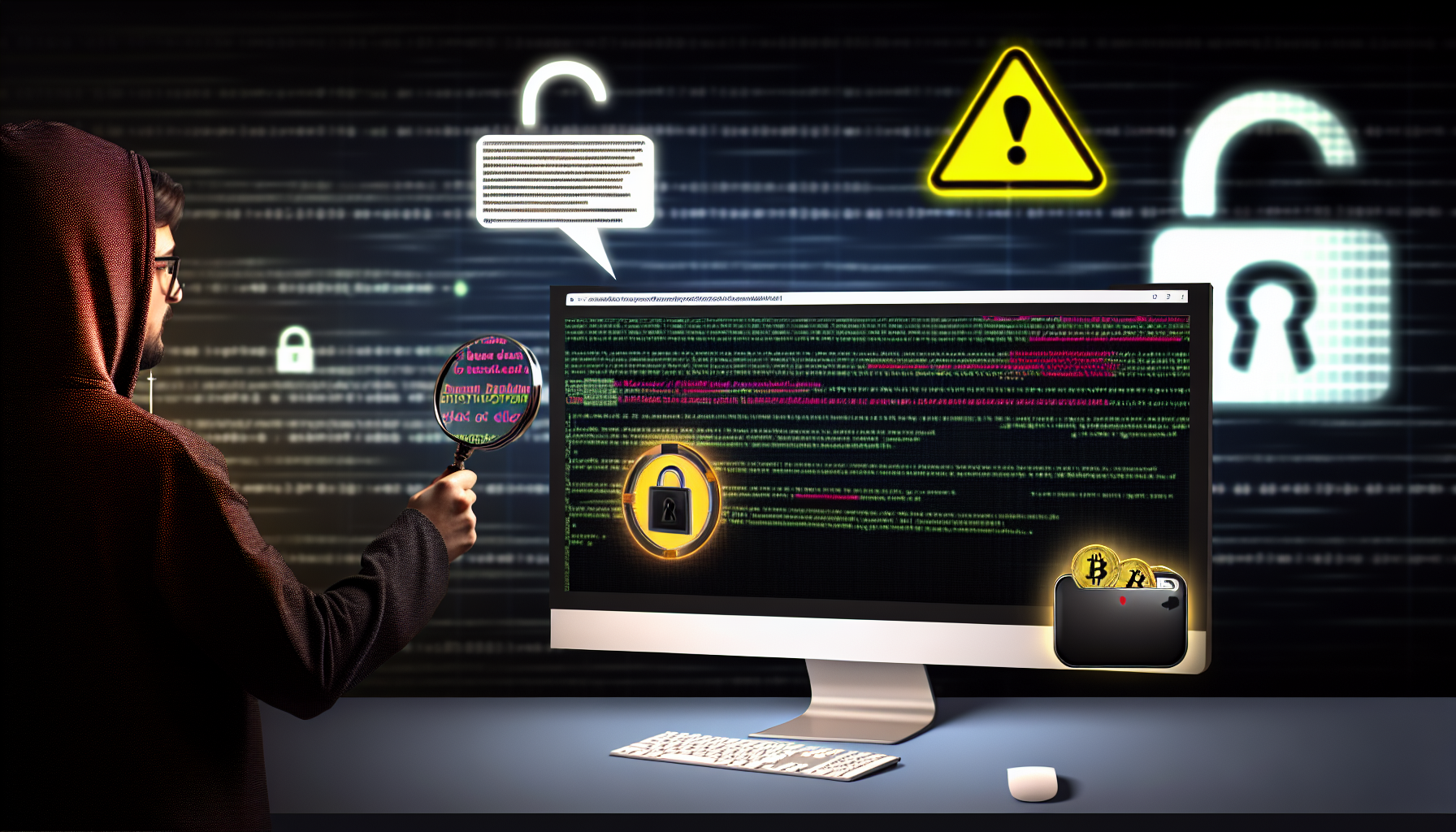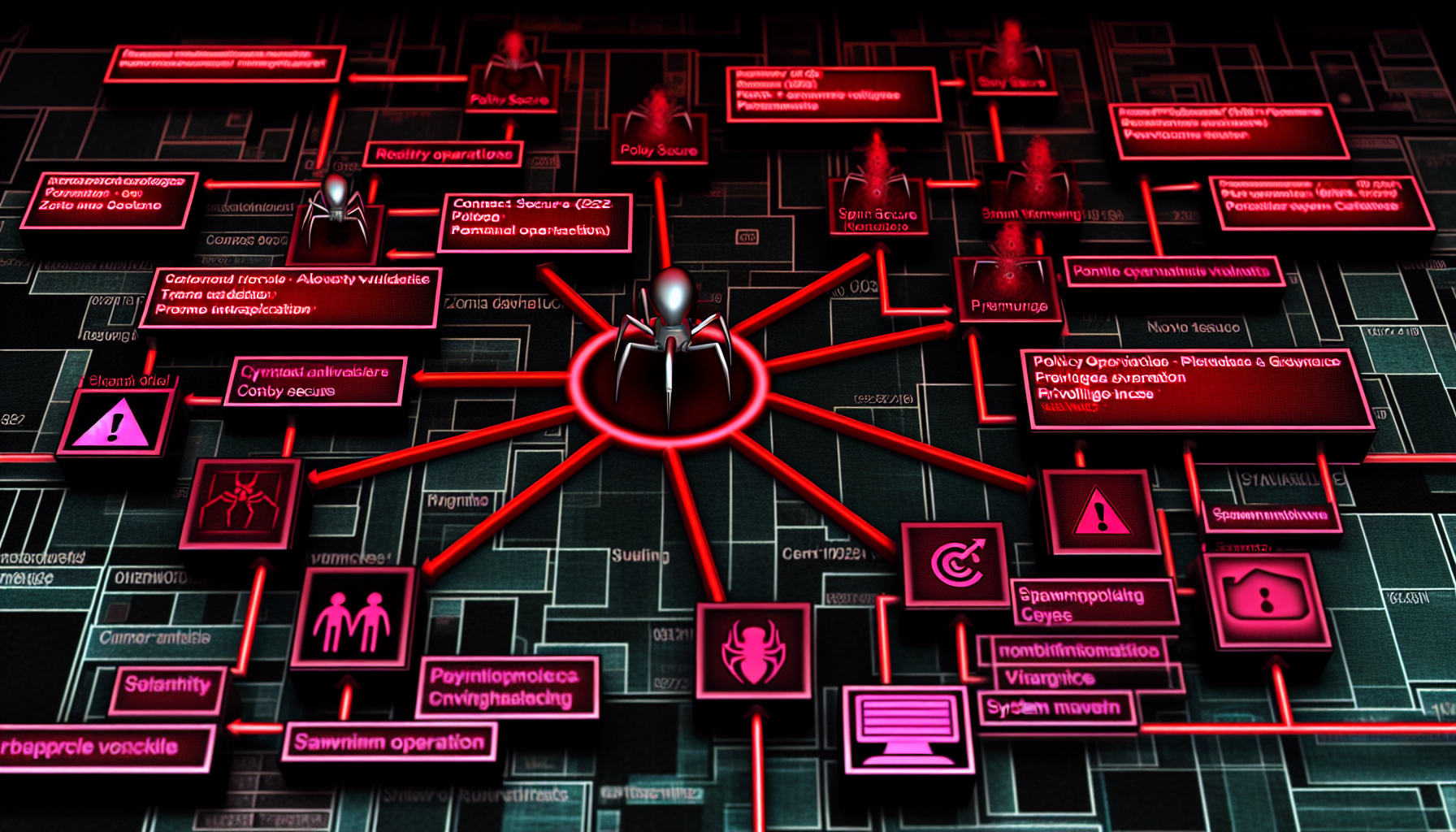Discover more from ESSGroup
Subscribe to get the latest posts sent to your email.

Threat Overview
Cyber threat actors continue to evolve their tactics, techniques, and procedures (TTPs) to evade detection and maximize impact. A recent threat report published by AlienVault on January 13, 2025, highlights a new distribution method for the infostealer malware, LummaC2.
Threat Report: Infostealer LummaC2 Spreading Through Fake CAPTCHA Verification Page
The report details how threat actors are exploiting fake CAPTCHA verification pages to distribute LummaC2 malware. The process begins when users encounter a deceptive authentication screen, often on crack program download pages or in phishing emails. When the user clicks ‘I’m not a robot’, a malicious command is copied to the clipboard.
Malware Execution
This command executes an obfuscated HTA file, which subsequently runs an encrypted PowerShell script. The final payload is LummaC2, capable of stealing browser data and cryptocurrency information from compromised systems.
ClipBanker Module
LummaC2 also employs a ClipBanker module to monitor clipboard content, specifically targeting cryptocurrency wallet addresses for theft.
Threat Actor Group
The report provides a short description of the actor group involved but does not assign a specific attribution. The actor group is presumed to be financially motivated, given the focus on cryptocurrency target theft.
Recommendations
Based on this threat report, several recommendations can be made for enhancing cybersecurity posture:
* Be cautious of interacting with unfamiliar sources when downloading software or opening emails;
* Enable multi-factor authentication whenever possible to protect against stolen credentials;
* Implement robust antivirus and anti-malware solutions;
* Regularly update software packages to address vulnerabilities exploited by threat actors;
* Educate users on the dangers of falling for social engineering traps, such as fake CAPTCHA verification pages.
Threat Report Details
The full threat report can be accessed via the following links:
https://asec.ahnlab.com/en/85699/
**Confidence Level and Reliability**
The confidence level of this threat report is 100, indicating high certainty in the reported observations. The reliability is rated ‘Completely reliable’
Subscribe to get the latest posts sent to your email.
Lorem Ipsum is simply dummy text of the printing and typesetting
industry. Lorem Ipsum has been the industry's

Threat Overview
A recently published threat report by AlienVault, titled “Threat Brief: CVE-2025-0282 and CVE-2025-0283”, highlights critical vulnerabilities in Ivanti Connect Secure, Policy Secure, and ZTA gateway products that are being actively exploited.
Vulnerabilities
The report details two high-severity vulnerabilities:
* CVE-2025-0282: Allows for remote code execution (RCE) on the targeted systems.
* CVE-2025-0283: Enables privilege escalation, granting attackers elevated access.
Attack Activity Observed
Attacks exploiting CVE-2025-0282 have been observed in the wild, involving a series of malicious activities:
* Initial access to target systems.
* Credential harvesting to maintain persistence.
* Lateral movement within compromised networks.
* Defense evasion techniques employed to avoid detection.
Custom Tools Used
Attackers have been observed using custom tools such as SPAWNMOLE, SPAWNSNAIL, and SPAWNSLOTH during these attacks.
Activity Cluster Identification
The activity cluster CL-UNK-0979 has been identified in relation to these incidents, potentially linking them to UNC5337 threat actor group.
Recommendations
Given the critical nature of these vulnerabilities and the observed attacks, the following actions are strongly recommended:
* Immediate Patching: Apply the available patches for Ivanti products to fix CVE-2025-0282 and CVE-2025-0283.
* Network Monitoring: Actively monitor network traffic for unusual activities related to these vulnerabilities.
Protective Measures
Users of Palo Alto Networks products can enable the following protections:
* WildFire: Provides effective sandbox analysis to detect and block malicious files.
* Threat Prevention: Offers URL filtering and other protective measures against known threats.
References
For more detailed information on this threat, please refer to the original reports:
* Palo Alto Unit 42 threat brief: https://unit42.paloaltonetworks.com/threat-brief-ivanti-cve-2025-0282-cve-2025-0283/

Threat Overview
The Security Operations Center (SOC) has recently identified a new threat report published by CyberHunter_NL on March 27, 2025. This report, titled CoffeeLoader: A Brew of Stealthy Techniques, provides detailed insights into the emerging cyber threats associated with CoffeeLoader. The report is highly reliable, with a confidence level of 100 and a reliability rating of A – Completely reliable.
CoffeeLoader represents a significant advancement in malicious software design, employing stealthy techniques that make it difficult to detect and mitigate. This threat report aims to provide an in-depth analysis of CoffeeLoader’s tactics, techniques, and procedures (TTPs), as well as recommendations for protecting against this sophisticated malware.
Threat Description
CoffeeLoader is a type of loader malware designed to deliver additional payloads onto compromised systems. Unlike traditional loaders, CoffeeLoader uses advanced obfuscation and evasion techniques, making it challenging for security tools to detect its presence. The malware leverages various stealthy methods, including code encryption, dynamic loading, and process injection, to avoid detection by antivirus software and other security measures.
The report highlights that CoffeeLoader often targets organizations in the finance, healthcare, and manufacturing sectors, where sensitive data and critical operations are at risk. The malware’s primary goal is to establish a persistent presence on the infected systems, allowing threat actors to exfiltrate valuable information or disrupt operational processes over an extended period.
Key Findings
Recommendations for Mitigation
Conclusion
The threat posed by CoffeeLoader is substantial, given its advanced stealthy techniques and persistent nature. Organizations must remain vigilant and proactive in their cybersecurity efforts to protect against this evolving threat. By implementing the recommended mitigation strategies and staying informed about the latest developments in cyber threats, businesses can enhance their security posture and safeguard their critical assets.
For additional information on CoffeeLoader and its stealthy techniques, refer to the following external references:
Please check the following page for additional information:
https://www.zscaler.com/blogs/security-research/coffeeloader-brew-stealthy-techniques

An investigation of a file named ‘Albertsons_payment.GZ’ revealed a sophisticated malware delivery chain.
The file, initially disguised as an image, was actually a Windows Cabinet file containing an obfuscated batch script. This script employed string slicing techniques to reconstruct commands and used LOLbins like extrac32.exe to evade detection.
The payload, identified as Modiloader, a Delphi-based malware, was extracted using certutil.exe. The final stage attempted to fetch additional content from a URL, but failed in the analysis environment.
This attack demonstrates the use of complex obfuscation and living-off-the-land techniques to deliver malware.Modiloader is a significant threat that has been observed delivering payload via an obfuscated batch script. The attackers have used various techniques such as string slicing and LOLbins to evade detection. It is crucial for organizations to be aware of this tactic and take necessary measures to prevent attacks.
Confidence level: 100%
Reliability of the report: A - Completely reliable
Revoke status: false
Number of connected elements present in the report: 24
Sans EDU Diary

Subscribe now to keep reading and get access to the full archive.